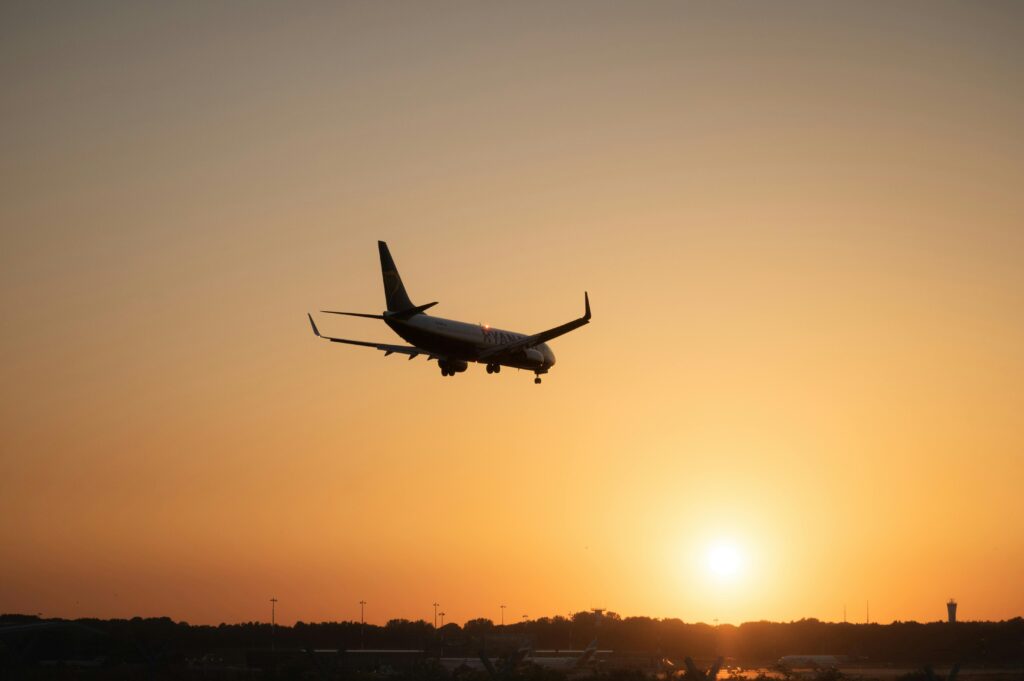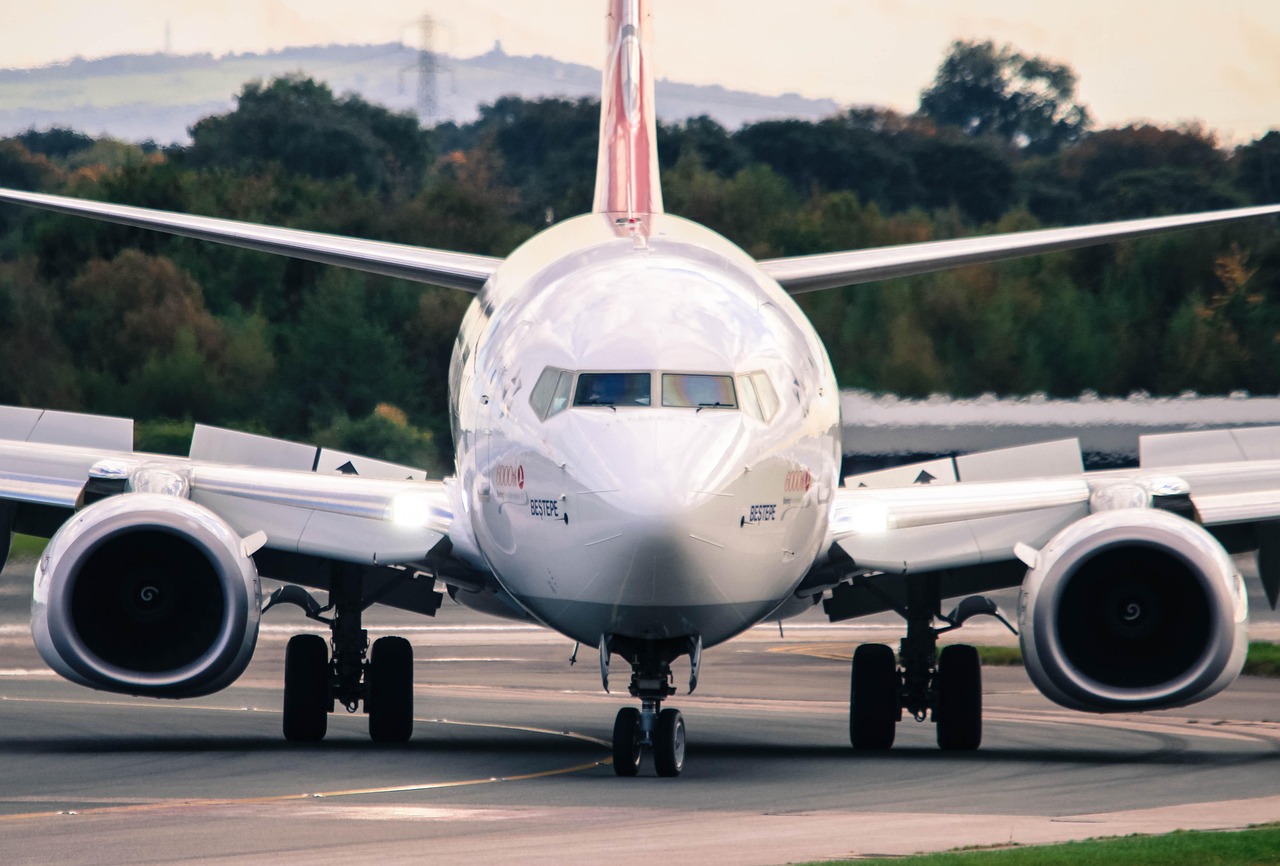In mid‑April 2025, China quietly began sending brand‑new Boeing 737 Max airliners back to the U.S.—a dramatic reversal for jets already painted in Chinese livery and awaiting handover. While the move surfaced amid escalating trade tensions, the full story involves tariffs, industry strategy, and the future of China’s aviation market.

The Sudden Recall
- Three Jets Redirected: A trio of 737 Max 8s, prepped at Boeing’s Zhoushan completion center for two major Chinese carriers, were ordered home. One of those aircraft—wearing Xiamen Airlines colors—landed in Seattle on April 19.
- No Formal Announcement: Although industry insiders say Beijing quietly instructed airlines to halt Boeing deliveries, China’s foreign ministry insists it issued no public order.
Tariffs and Trade Retaliation
- 145% Tariffs Trigger: The U.S. Commerce Department imposed punitive 145% duties on a range of Chinese imports, including electric vehicles and advanced batteries, earlier in April. China’s aviation sector quietly retaliated by pausing Boeing handovers.
- Duty vs. Deferral: Analysts note that Chinese airlines likely preferred deferring delivery over shouldering massive extra costs—especially for high‑value jets.
Business and Industry Impact
- Boeing’s Market Share at Risk
Boeing had targeted China to challenge Airbus’s long‑standing lead. In the first quarter of 2025, it delivered 18 jets to nine Chinese carriers and counted orders for dozens more through 2027. Interruptions could push airlines toward Airbus A320neo families or domestic models like COMAC’s C919. - Lessors Left in Limbo
A Chinese lessor reported one airline backing out of a 737 Max lease, forcing an expensive “remarketing” effort to place the jet with non‑Chinese operators. Such churn raises financing costs and complicates ownership structures. - Supply Chain Ripples
Boeing’s Chinese supply base—ranging from Spirit AeroSystems components to interior finish suppliers—now faces order uncertainty, threatening jobs and investment in local aerospace clusters.

China’s Aviation Ambitions and Domestic Alternatives
- COMAC’s C919 on the Rise: Boosted by government funding and nationalist fervor, COMAC’s narrow‑body jet is poised to take off. Airlines may accelerate C919 induction to hedge against Western political risk.
- Regulatory Leverage: By wielding delivery rights, Beijing sends a clear signal: joint ventures and foreign OEMs must align with broader economic and trade objectives or face commercial consequences.
What Lies Ahead?
- Resumption Contingent on Trade Talks: Future Boeing deliveries hinge on Beijing‑Washington negotiations. A tariff rollback or carve‑out for civil aviation could pave the way for resumed handovers.
- Airbus Gains Ground: With Boeing temporarily sidelined, Airbus is finalizing multiple A320neo deals in China. Maintaining momentum could permanently shift market balance.
- Global Lessors and Leasing Rates: As Chinese carriers adjust fleet plans, lessors worldwide will reprice risk, potentially driving up lease rates for 737 Max variants and reshaping secondary markets.

Frequently Asked Questions
Q: Why did China send back new Boeing jets?
A: As a reaction to U.S. tariffs—145% on key Chinese goods—Beijing ordered its airlines to defer Boeing deliveries rather than pay punitive duties.
Q: Are these returned planes scrapped?
A: No. The jets are being ferried back to Boeing’s Seattle completion centers, where they will be remarketed to non‑Chinese carriers or held until diplomatic conditions improve.
Q: Will Boeing deliveries to China resume soon?
A: That depends largely on progress in U.S.-China trade talks. A rollback of tariffs or aviation carve‑out could restart deliveries.
Q: How does this affect Boeing’s business?
A: Short‑term, Boeing loses revenue and market share in the world’s largest single‑aisle market. Supply‑chain partners in China also face uncertainty.
Q: Could airlines switch to Airbus or COMAC jets?
A: Yes. Several Chinese carriers are eyeing Airbus A320neo family jets and COMAC’s domestically produced C919 as hedges against political risk.
Q: What about U.S. lessors?
A: Lessors with Max 8s bound for China must find alternative lessees, which may delay deliveries and increase costs, potentially raising global lease rates.
Q: Is safety a factor?
A: No. This recall is driven by trade policy—China’s 737 Max freeze from 2019 to 2023 was due to safety recertification, but current returns stem from tariffs.
Q: How are Chinese aviation regulators involved?
A: They have enforced the delivery halt through unofficial directives, leveraging regulatory oversight to protect national interests.
Q: What will happen to Boeing’s local assembly operations?
A: Plans for increased China‑based Boeing component manufacturing and joint ventures may be delayed or renegotiated until political clarity returns.
Q: How can Boeing recover its footing in China?
A: Diversifying product offerings, engaging in high‑level trade negotiations, and exploring localized partnerships—including potential production of future models—may help rebuild trust.
Sources Fox Business


